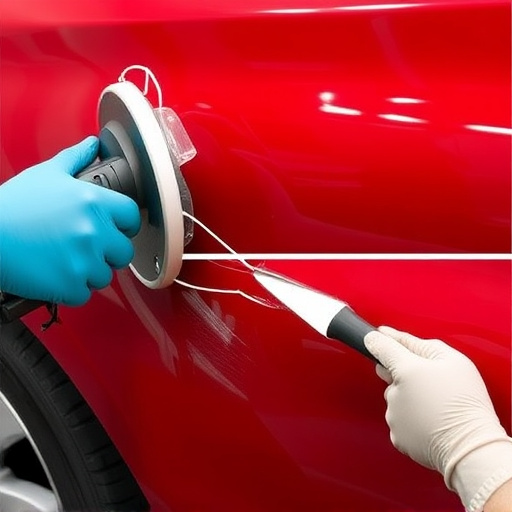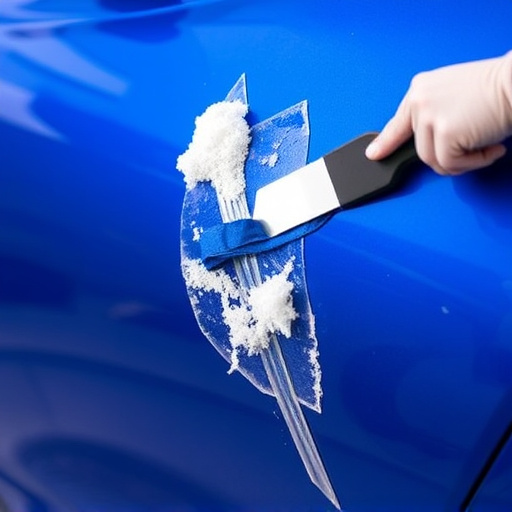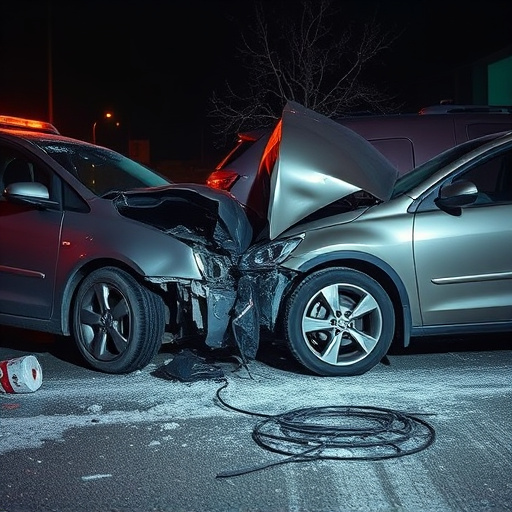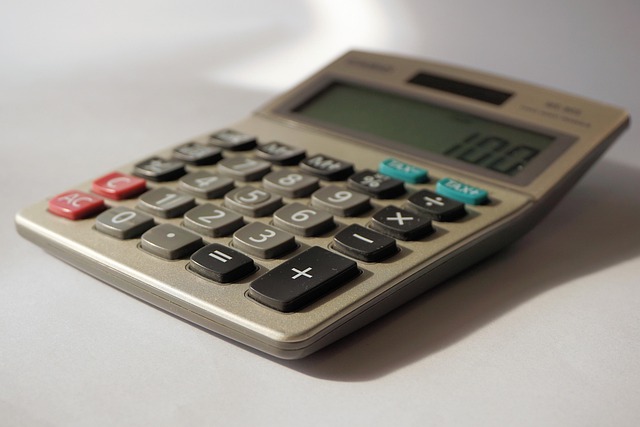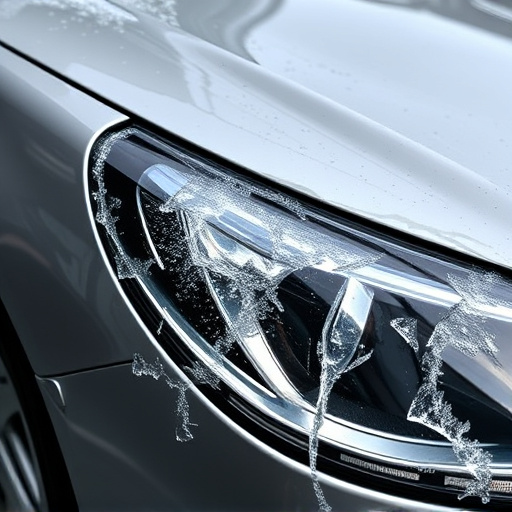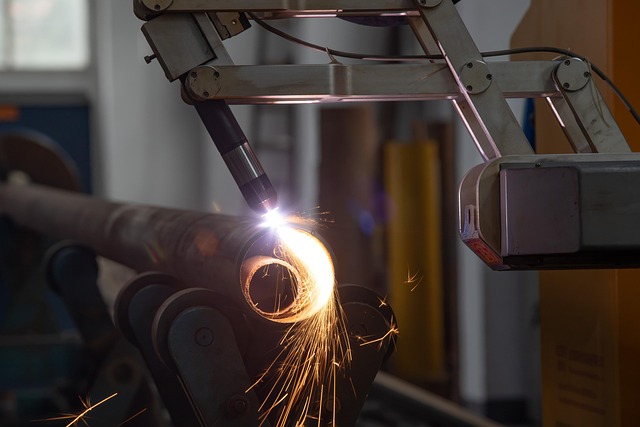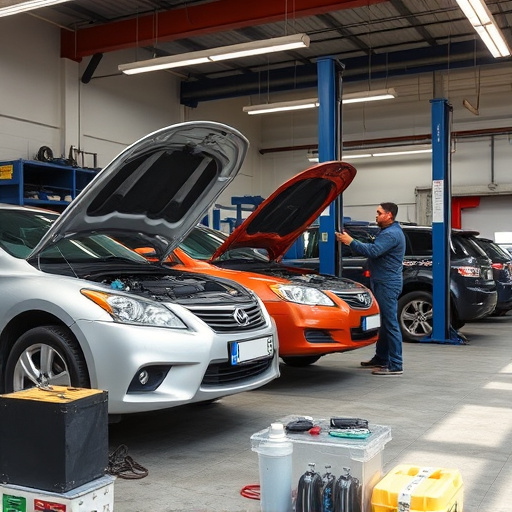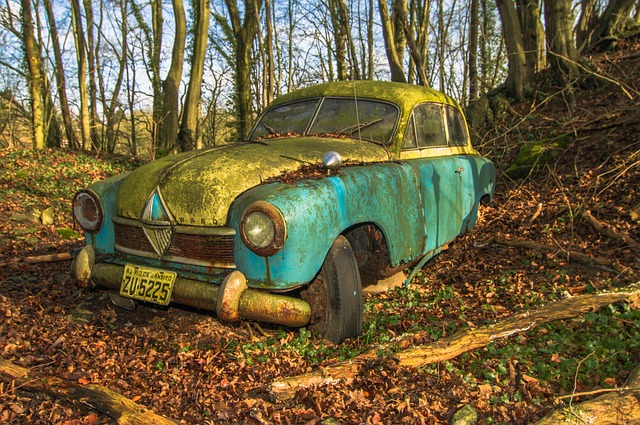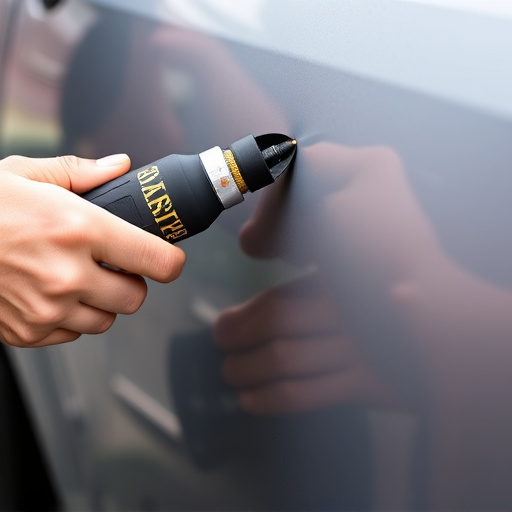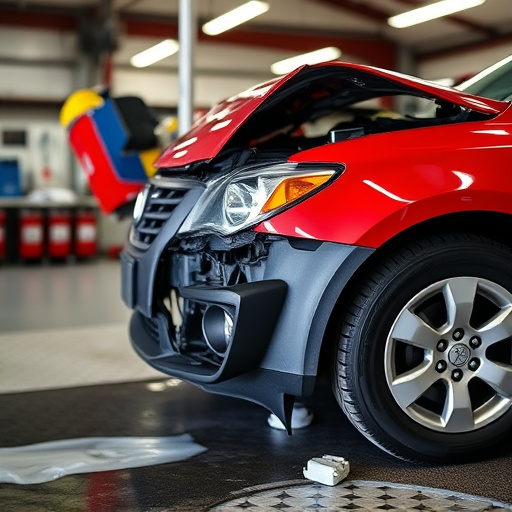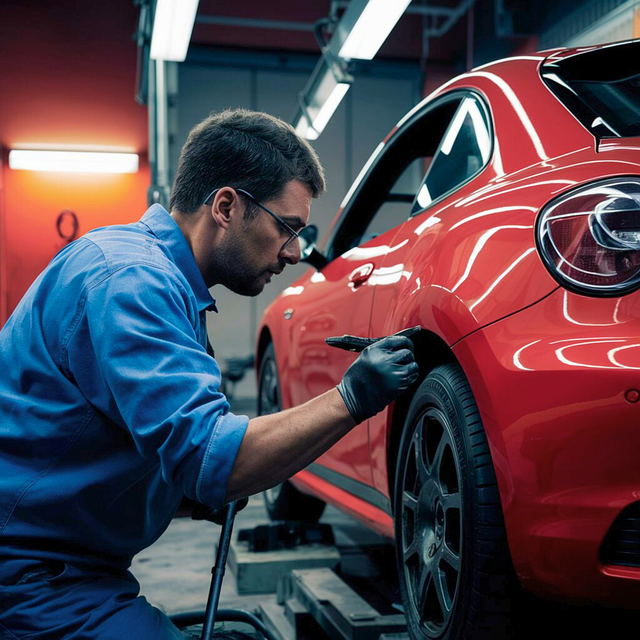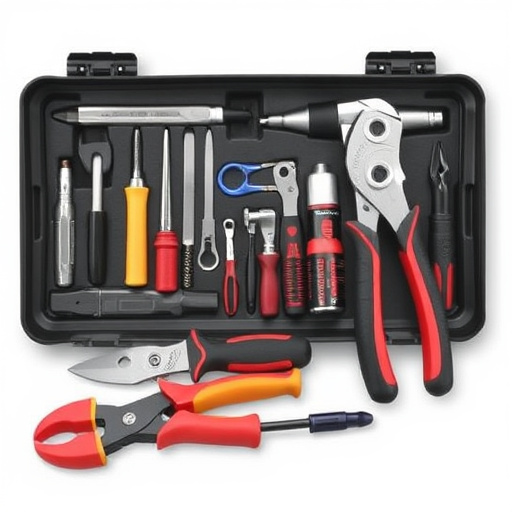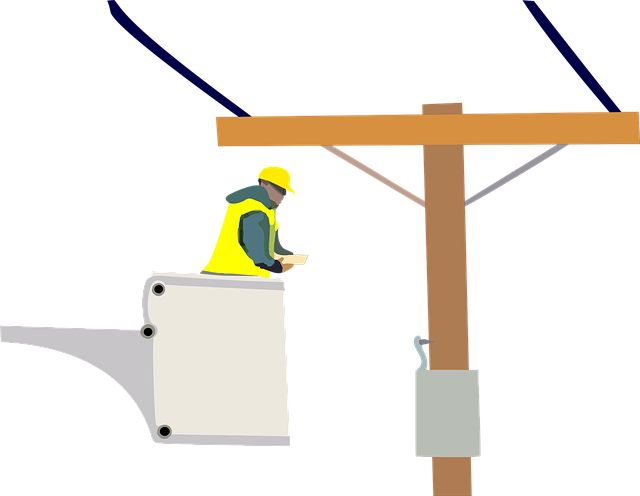TL;DR:
Vehicle frame restoration is a critical process in automotive collision repair, ensuring structural integrity, safety, and optimal performance after severe accidents. It involves skilled technicians using advanced techniques and equipment to inspect, straighten frames, replace parts, and reinforce weak spots. Effective restoration claims management includes quick reporting to insurers, detailed documentation, choosing authorized collision centers, and active supervision during repairs. Insurers use rigorous assessment methods and negotiate rates based on industry standards for fair settlements, ultimately reinstating vehicles' safety and structural stability.
Vehicle frame restoration is a critical process that brings damaged cars back to their original structural integrity. As accidents happen, understanding how insurance handles claims for this intricate procedure is essential for car owners. This article delves into the world of vehicle frame restoration, explaining its significance and guiding you through the claims process. We also explore the insurance perspective, offering insights into assessment, approval, and settlement, ensuring a clear path to getting your vehicle back on the road.
- Understanding Vehicle Frame Restoration: The Process and Its Significance
- Navigating the Claims Process: Step-by-Step Guide for Policyholders
- Insurance Perspective: Assessment, Approval, and Settlement of Frame Restoration Claims
Understanding Vehicle Frame Restoration: The Process and Its Significance
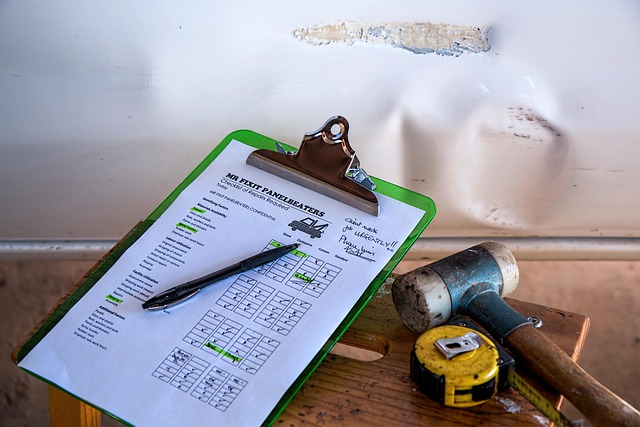
Vehicle frame restoration is a specialized process that involves rebuilding and reinforcing the structural backbone of a vehicle after damage or degradation. It’s a crucial aspect of automotive collision repair, especially for severe accidents where the frame is compromised. The process begins with a thorough inspection to identify areas requiring repair or replacement, ensuring every component meets safety standards. Skilled technicians use advanced techniques and equipment to straighten bent frames, replace damaged parts, and strengthen weak spots, effectively reviving the vehicle’s structural integrity.
This meticulous restoration work goes beyond mere aesthetics; it ensures the vehicle can withstand future accidents and maintains optimal performance. For example, tire services and overall bodywork repairs often accompany frame restoration to ensure a complete and safe transformation. In today’s world where safety standards are stringent, understanding and implementing effective vehicle frame restoration techniques is paramount for both repair shops and car owners.
Navigating the Claims Process: Step-by-Step Guide for Policyholders

Navigating a vehicle frame restoration claim can seem daunting, but understanding the process simplifies things for policyholders. Here’s a step-by-step guide:
1. Report the Incident: Contact your insurance provider as soon as possible after a crash. They will provide guidance and help you file a claim. Be prepared with details about the accident, including date, time, location, and any damage observed.
2. Document Everything: Take photos of your vehicle from all angles, highlighting both visible damage and any pre-existing issues that might be relevant. Keep records of all repair estimates received from collision centers or auto body shops specializing in vehicle frame restoration.
3. Choose a Reputable Collision Center: Select an experienced collision center known for high-quality vehicle frame restoration work. Ensure they are authorized by your insurance company to perform the repairs, as this can streamline the claim process.
4. Submit Your Claim and Estimate: Provide your insurance provider with the completed claim form and detailed estimate from your chosen collision center. They will review the information and notify you of approval, denial, or any additional requirements.
5. Collaborate with Your Insurer: Keep open lines of communication with your insurance representative throughout the restoration process. They can guide you on deductibles, coverage limits, and any necessary documentation required to finalize the claim.
6. Supervise the Repair Process: Once work begins, visit the collision center periodically to ensure your vehicle is being restored to your satisfaction. This also allows you to address any concerns or make adjustments as needed.
Insurance Perspective: Assessment, Approval, and Settlement of Frame Restoration Claims

From an insurance perspective, handling claims for vehicle frame restoration involves a meticulous process that starts with assessment and culminates in settlement. When a policyholder files a claim for this extensive repair, insurers assign specialized assessors who thoroughly inspect the damaged vehicle to determine the extent of the frame’s compromise. This initial evaluation includes non-destructive testing methods to gauge structural integrity alongside visual inspections, often involving advanced equipment to pinpoint precise areas of damage.
Upon confirmation of the necessity for frame restoration, approval is granted, and the policyholder is guided through the settlement process. This entails working closely with trusted repair facilities that specialize in vehicle frame restoration. Insurers negotiate rates with these experts, ensuring fair pricing for both the policyholder and the company while adhering to industry standards. The approved workshop then facilitates the intricate repairs, which can range from straightening bent metal to replacing damaged components, ultimately restoring the vehicle’s safety and structural soundness.
Vehicle frame restoration is a specialized process that plays a crucial role in bringing damaged vehicles back to their original state. Understanding both the intricacies of this process and the claims handling procedures is essential for policyholders looking to restore their vehicles. By following a structured guide and collaborating closely with insurance providers, individuals can navigate the claims process effectively, ensuring a successful outcome for their vehicle frame restoration projects. This comprehensive approach facilitates a seamless transition from damage to repair, ultimately delivering peace of mind and high-quality results.
